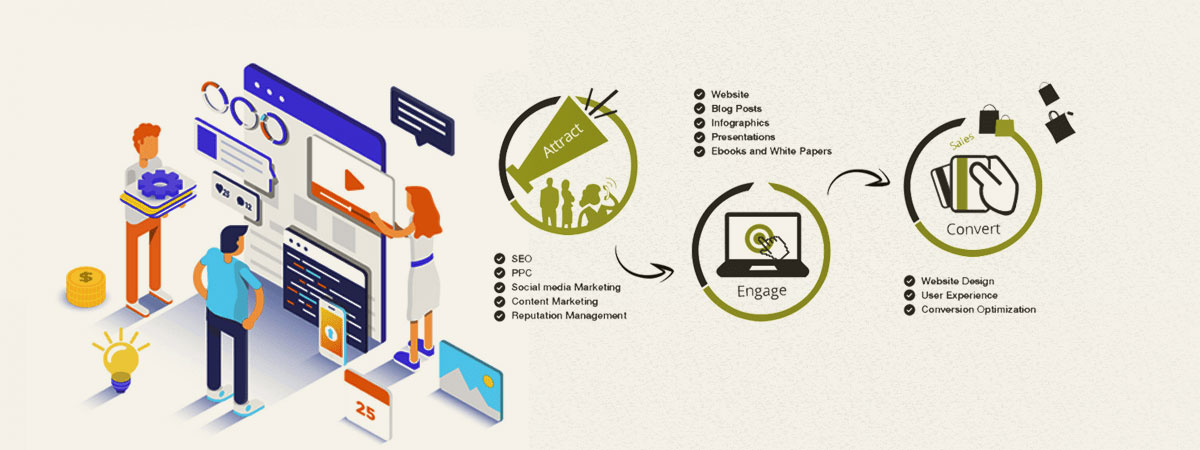Intrigued In Discovering How Site Layout Has Altered For Many Years? Discover The Journey
Intrigued In Discovering How Site Layout Has Altered For Many Years? Discover The Journey
Blog Article
Short Article Composed By-Rasmussen Molina
In the past, web sites were easy and focused on details. Navigation was straight, and layout was for desktops. Currently, user experience is key. Data guides designs for very easy navigating. Responsive formats suit different gadgets. Today, dark setting lowers strain, and minimal menus improve navigating. forth worth social media optimization experts engage customers, and strong visuals stand out. AI assimilation enhances engagement. See just how style has advanced to improve your online trip.
Very Early Days of Web Design
In the very early days of web design, simpleness preponderated. Web sites were basic, with restricted shades, typefaces, and designs. The focus was on supplying info instead of flashy visuals. Individuals accessed the web with slow-moving dial-up links, so rate and capability were essential.
Navigation menus were straightforward, generally located at the top or side of the page. Web sites were designed for computer, as mobile browsing wasn't yet common. Web content was king, and designers focused on simple readability over intricate design components.
HTML was the main coding language used, and developers needed to work within its restraints. Computer animations and interactive attributes were marginal compared to today's requirements. Internet sites were fixed, with little dynamic material or customized customer experiences.
Rise of User-Focused Style
With the evolution of site style, a change towards user-focused style principles has actually become increasingly prominent. Today, producing web sites that focus on customer experience is crucial for engaging visitors and achieving organization objectives. User-focused style involves comprehending the requirements, choices, and habits of your target audience to tailor the internet site's layout, web content, and includes as necessary.
Developers now conduct thorough research, such as customer studies and usability testing, to collect insights and comments straight from users. This data-driven approach assists in developing instinctive navigating, clear calls-to-action, and visually enticing user interfaces that resonate with site visitors. By putting the customer at the center of the layout process, websites can supply a much more tailored and pleasurable experience.
Receptive design has additionally emerged as a crucial aspect of user-focused design, guaranteeing that internet sites are optimized for various devices and screen sizes. This adaptability enhances access and functionality, satisfying the varied ways individuals interact with internet sites today. Basically, the increase of user-focused layout symbolizes a change towards creating digital experiences that focus on the demands and expectations of the end individual.
Modern Trends in Website Design
Check out the current trends shaping web design today. One noticeable pattern is dark mode layout, offering a smooth and modern-day appearance while reducing eye strain in low-light environments. Another vital trend is minimal navigation, simplifying food selections and improving user experience by concentrating on essential elements. Incorporating micro-interactions, such as animated switches or scrolling results, can produce an extra interesting and interactive site. Responsive layout stays critical, guaranteeing smooth individual experiences across different devices. In addition, using vibrant typography and unbalanced formats can add visual interest and accentuate certain web content.
Incorporating AI innovation, like chatbots for client assistance or tailored suggestions, improves individual interaction and enhances processes. Accessibility has also become a substantial trend, with designers focusing on comprehensive style practices to satisfy diverse customer demands. Embracing sustainability by optimizing website efficiency for speed and effectiveness is an additional emerging trend in web design. Working together with individual comments and information analytics to iterate and improve design continuously is important for remaining appropriate in the ever-evolving digital landscape. By accepting these modern patterns, you can develop a visually enticing, user-friendly site that resonates with your target market.
Verdict
As you reflect on the advancement of internet site layout from the very early days to now, you can see just how user-focused layout has ended up being the driving force behind modern fads.
Accept the trip of adjustment and adaptation in website design, constantly keeping the user experience at the center.
Keep present with the latest patterns and innovations, and never ever quit evolving your strategy to develop visually magnificent and easy to use internet sites.
Advance, adjust, and develop - the future of web design is in your hands.
